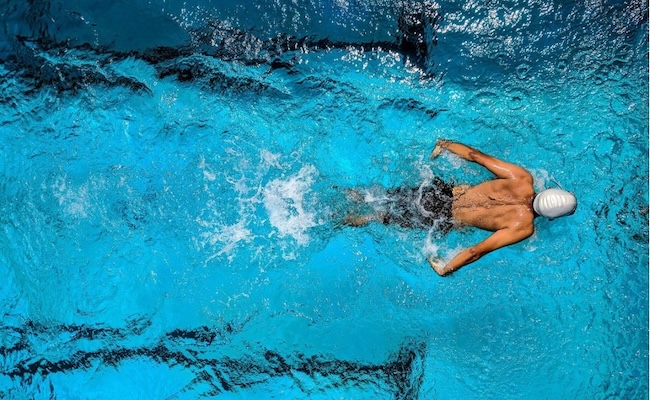
Watch an elite athlete closely and you’ll notice something strange. It’s not always the big moves that win the game. Sometimes, it’s a tiny shift of the foot, a fraction of a second pause, or a subtle change in posture. These small actions, often unnoticed by casual viewers, are the micro-movements that separate champions from the rest.
Just like a player adjusting their strategy in a slots game without anyone realizing, these skills work quietly in the background — but they can be the difference between winning and losing.
What Are Micro-Movements?
Micro-movements are small, precise actions that enhance performance. They’re not flashy. You won’t see them on highlight reels. But in competitive sports, they’re vital.
Think of a basketball player making a tiny hip rotation before taking a shot, allowing just the right angle. Or a tennis player slightly adjusting grip pressure mid-swing to change the ball’s spin. These are movements measured in millimeters and milliseconds.
Why They Matter More at the Elite Level
At the beginner and intermediate levels, big skills dominate. Speed, strength, endurance — those are the tools that win most games. But when everyone is fast and strong, the edge comes from precision.
Elite athletes train to find that edge. They study slow-motion footage of themselves. They refine small mechanics. They learn to recognize the exact feel of a perfect execution. This is how they squeeze performance gains out of something most people can’t even see.
The Role of Muscle Memory
Micro-movements rely heavily on muscle memory. These actions are too fast to consciously control during competition. They have to be automatic.
Training them means thousands of repetitions. A soccer player practicing the same first-touch control over and over until it happens without thought. A sprinter fine-tuning the exact position of their head at the start line until it’s instinct.
Mental Awareness and Body Mapping
There’s also a mental side. Elite performers develop a deep awareness of their body in space — sometimes called proprioception. They can feel when their balance is off by a fraction. They can sense if their elbow is two degrees too high.
This awareness lets them make adjustments in real time. It’s not about reacting after a mistake. It’s about preventing the mistake from happening in the first place.
How Micro-Movements Decide Games
In tight matches, margins are razor-thin. One small slip can be the difference between scoring and missing. Micro-movements reduce the risk of those slips.
A baseball batter who slightly adjusts their swing path can connect with a pitch they would have missed. A goalkeeper shifting their weight a split second earlier can get a fingertip on the ball. These moments often look like luck, but they’re really the result of micro-skill mastery.
Training for the Invisible
The challenge is that micro-movements are invisible to most. That makes them harder to teach. Coaches use tools like slow-motion replay, resistance bands for precision muscle activation, and drills that isolate tiny aspects of a larger skill.
The process is slow. It can take months to lock in a single micro-adjustment. But when that adjustment saves a point in a championship game, the investment pays off.
Why Fans Rarely Notice
Fans tend to focus on big, obvious plays — the slam dunk, the home run, the knockout punch. But behind many of those moments is a subtle action that set it up.
In fact, the best micro-movements are the ones you don’t notice. If you can see them, it probably means something else in the play went wrong.
Micro-movements may not make the highlight reel, but they’re the silent drivers of elite performance. They’re proof that in sports, small things matter — and sometimes, they matter most when no one’s looking.
Content Produced by Indian Clicks, LLC












